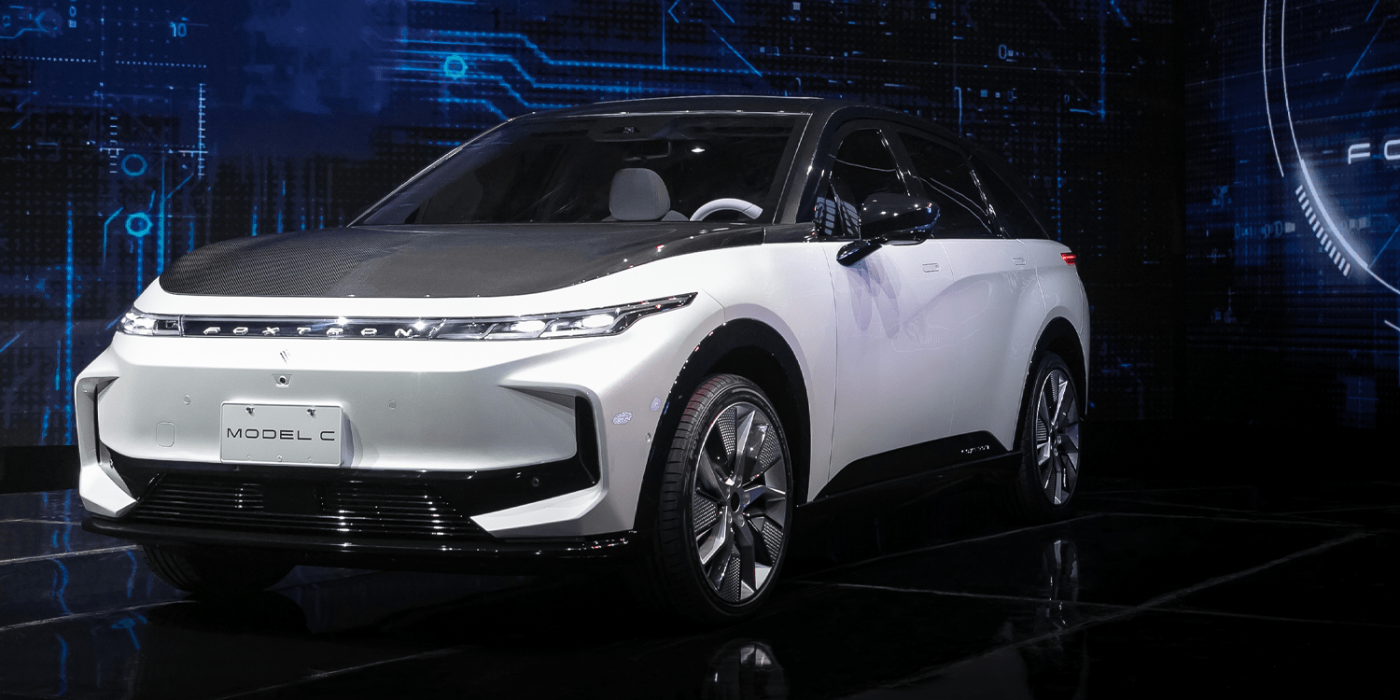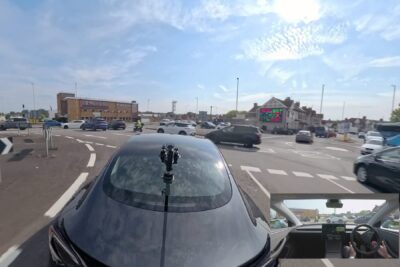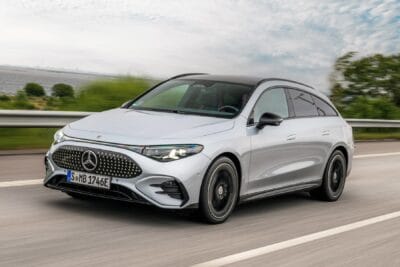Foxconn to scale up its own battery production
The company celebrated the groundbreaking ceremony for the plant in Taiwan’s second-largest city, Kaohsiung, in the summer of 2022, but since then, things have been rather quiet around Foxconn’s own cell production facility. The contract manufacturer let the announced production start date in the first quarter of 2024 pass without comment.
However, at the beginning of November, Foxconn gave a number of journalists a tour of the plant and confirmed that production has been in ‘start-up mode’ since March this year. The number of LFP cells built there is still relatively small, as Foxconn wants to master the processes before scaling up production. The company has probably achieved this by now, if the announcements are to be believed.
“We are demonstrating here on a small scale that we have mastered the entire process,” says Troy Wu, Foxconn’s Vice President for Global Battery Strategy, quoted by Automotive News. “We can duplicate and scale this up anywhere.” However, Foxconn is currently planning the ramp-up rather conservatively: the factory in Kaohsiung started with a production capacity of 0.5 GWh (500 MWh) and is expected to reach 1.2 GWh next year. Current production is expected to be sufficient for 1,500 electric buses, and then for up to 3,000 in 2026. The first product is a 230 Ah cell for large commercial vehicles, which is currently being installed in a city bus. A 120 Ah cell for electric cars and a 320 Ah cell for stationary storage are to follow later.
Even if the ramp-up is faster in other factories, it would still be remarkable if Foxconn could deliver on the announcements made by battery chief Troy Wu. Getting cell production up and running is one thing. Ramp up production without too much waste is another. And repeating the whole thing smoothly at another location is yet another story.
What should help Foxconn in this endeavour is the integrated supply chain that the company has established, primarily with local suppliers for the Kaohsiung plant. According to the report, more than 80 per cent of the materials come from Taiwanese manufacturers, some of which Foxconn also has stakes in. Although this is slightly more expensive than purchasing on the market, it is intended to reduce dependence on China. Once the supply chain is in place, Foxconn is optimistic that it will be able to “copy the concept worldwide and build a 10 GWh plant within four years – including a two-year ramp-up phase.”
Meanwhile, the further development of cell technology is not standing still. Currently, the LFP cell with 230 Ah (the version currently manufactured for commercial vehicles) is expected to achieve an energy content of 175 Wh/kg. This is soon to be increased to 185 Wh/kg, and the fast-charging time is also to be reduced. Durability is also to be increased from 10,000 cycles to 12,000 charging and discharging processes.
According to the report, Foxconn does not yet have any customers for the planned car cell. However, it could also use the cells itself: its own electric models are soon to be offered internationally. Foxconn is reportedly working on certification of the Model C crossover for North America and is said to have found a potential US customer. However, no details are known. Under the name Foxtron, Foxconn is showcasing so-called ‘reference designs’ of what electric cars based on its own technology could look like. However, the plan is to build the vehicles according to the design of respective customers.
autonews.com (paywall)
This article was first published by Sebastian Schaal for electrive’s German edition.





0 Comments